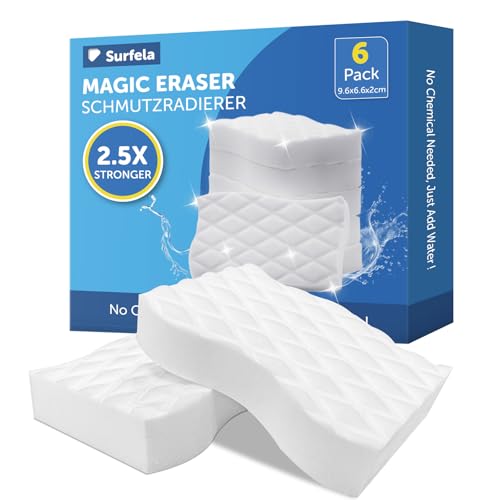Yes, you can erase watercolor to some extent, but it depends on various factors.
Watercolor is known for its transparency and fluidity, and it is often regarded as one of the most challenging mediums to work with. Unlike other opaque mediums like acrylic or oil, watercolor is more difficult to erase. However, there are a few methods that you can try to remove or correct mistakes in watercolor paintings.
Blotting Technique
When it comes to erasing watercolor, prevention is often better than cure. One of the best ways to “erase” watercolor is to prevent too much pigment from being applied to the paper. By blotting your brush on a paper towel or sponge before applying it to the painting, you can reduce the intensity of the color and make it easier to lift or adjust later on.
Lifting with Water
If you’ve made a mistake in your watercolor painting, you can try lifting the pigment with water. Wet your brush with clean water and gently scrub over the area you want to remove. This technique works best for recent mistakes or areas with lighter pigment. Be careful not to scrub too harshly as it may damage the paper or cause the paint to spread to unwanted areas.
Using Erasers
While it’s not as effective as with graphite or charcoal, you can still use erasers to remove some watercolor pigment. Kneaded erasers or gum erasers are the most commonly used types for watercolor. They allow for more control and gentler erasure compared to traditional erasers. However, erasers can leave traces of residue on the paper, so it’s important to test on a small inconspicuous area before attempting to erase a larger section.
Scraping Technique
If you’re working on a watercolor block or a thick paper, you can try using a scraping technique to remove mistakes. Take a palette knife or a credit card and gently scrape the surface of the paper where you want to erase the paint. This method is more aggressive and may damage the paper fibers, so it’s not recommended for delicate papers or thin watercolor sketches.
Masking Fluid Removal
In watercolor painting, artists often use masking fluid to preserve areas of the paper and create highlights. After the painting is complete, masking fluid can be removed by gently rubbing it with your finger or using an eraser designed for masking fluid removal. Be cautious not to damage the paper while removing the masking fluid.
In conclusion, while it is possible to erase watercolor to some extent, it is generally a challenging process compared to erasing other mediums. It’s important to remember that watercolor is a medium that relies on layering and building the painting, so attempting to erase too much can cause more harm than good. It’s always best to plan and be mindful of your application before starting a watercolor painting. If you make a mistake, try the techniques mentioned above, but be cautious and always test on a small area before applying them to the entire painting.






